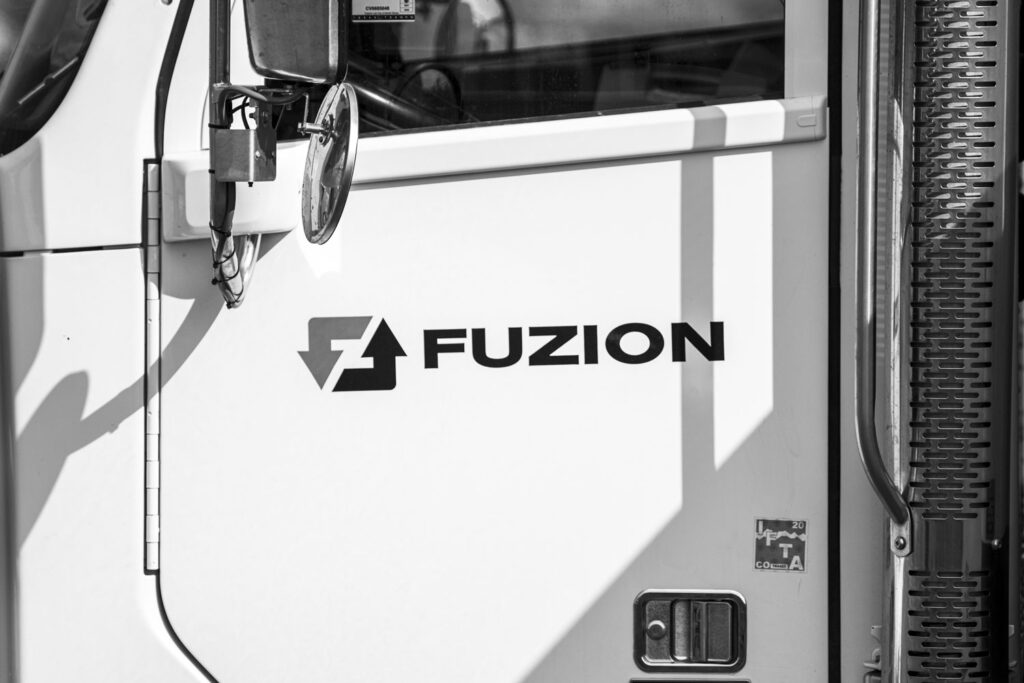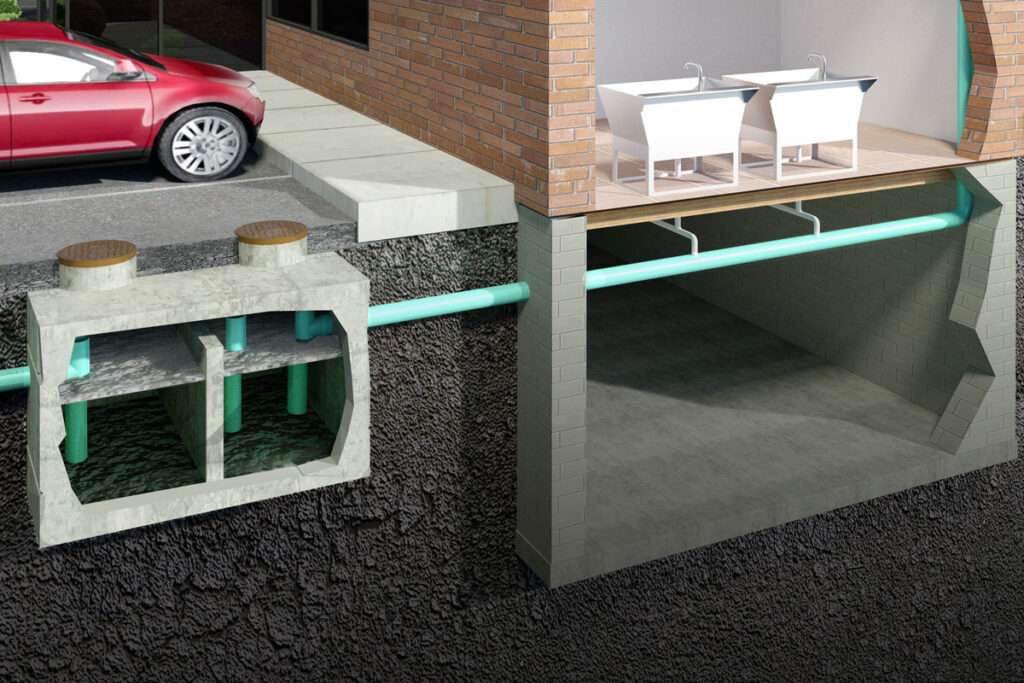Grease Trap and Interceptor Cleaning
Protect your food and beverage facility from clogs and backups with Fuzion’s grease trap cleaning services.
Municipal regulations require grease interceptors to prevent oils and fats from entering public sewers, and regular cleaning is essential to keep your system in compliance. Our team provides scheduled pumping and cleaning for grease interceptors, ensuring smooth operations and preventing contamination risks. With Fuzion’s maintenance plans, your grease traps stay clean, efficient, and in line with all sanitation standards.



Frequently Asked Questions
-
What Is Grease Trap and Interceptor Cleaning?
Municipalities require restaurants and food processing plants to install grease intercepting devices to prevent fats, oils, and grease from entering the public sewer system. Fuzion uses a system of hydro-jet cleaning to pump and eliminate buildup of these food byproducts and prevent contamination and overflow in the sewer system.
-
What Businesses Benefit from Grease Trap and Interceptor Cleaning?
Any business that prepares food in a commercial setting and generates fatty/oily waste. This can include restaurants, food service facilities, and/or food and beverage plants.
-
How Often Should I Clean My Grease Trap or Interceptor?
Grease traps are installed within a commercial kitchen and often have a capacity of around 50 gallons. It is recommended that they be cleaned at least once every 90 days. However, local municipalities may require more frequent cleanings, so it is important to know your local ordinances. Grease interceptors are installed outside of the facilities and can have capacities up to 5,000 gallons for optimal operational efficiency. They are required to be cleaned once they reach 30% capacity, which usually occurs once or twice a year.
-
What Happens If a Grease Trap or Interceptor Is Not Adequately Cleaned?
There are numerous repercussions if a grease trap or interceptor is not adequately cleaned. Clogged pipes can lead to a sewage backup and overflows. The business and surrounding areas will be at increased risk of a grease fire. The business will receive a hefty fine from the city and may be at risk of getting shut down until the grease trap or interceptor is in appropriate condition.
-
Why Choose Fuzion for Grease Trap or Interceptor Cleaning?
Fuzion offers the most comprehensive benefits to food and beverage facilities in the area. Reliable service, customizable maintenance plans, complete cleanup and grease removal, highly trained operators, and 24/7 emergency service are what you get when choosing Fuzion for grease trap and interceptor cleaning.
Why Fuzion Field Services?
Dependable, On-Time Service
We provide consistent service to keep your grease traps operating smoothly.
Custom Maintenance Plans
Tailored schedules ensure your traps stay clean and compliant with regulations.
Thorough Waste Cleaning and Removal
Our team fully cleans and removes waste to maintain a safe environment.
Safe Waste Transport, Recycling, and Disposal
We handle all waste responsibly, from collection to eco-friendly disposal.
Skilled and Licensed Drivers/Operators
Our technicians are trained and certified to deliver safe, reliable service.
24/7 Emergency Support
Available around the clock for any unexpected issues or urgent needs.